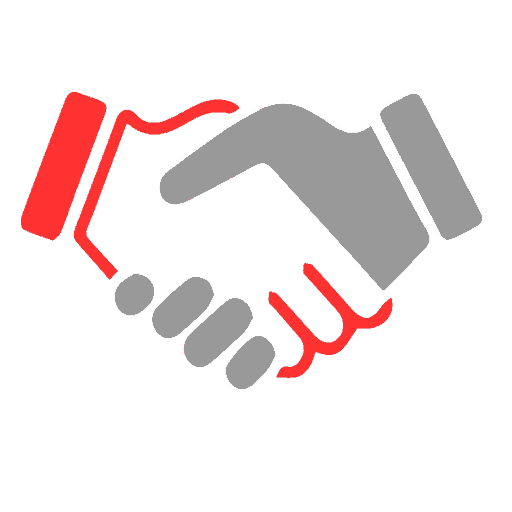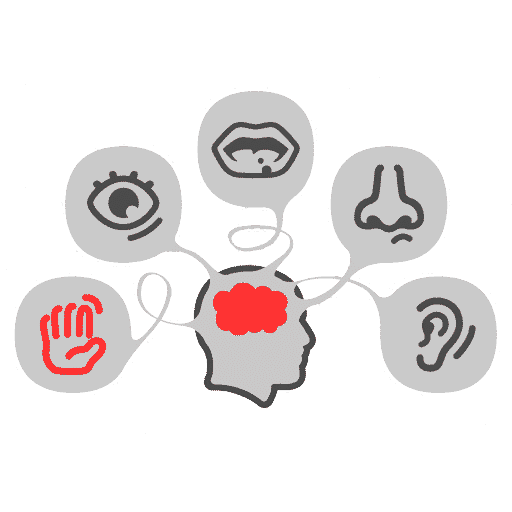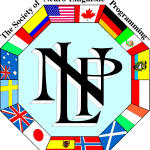NLP Submodalities

In NLP Submodalities, the special sensory qualities perceived by each of the five senses. For example:
Visual submodalities include color, shape, movement, brightness, depth etc.,
Auditory sub-modalities include volume, pitch, tempo, etc.,
Kinesthetic sub-modalities include pressure, temperature, texture, location, etc.
Modal Operators

In the Meta Model we have already leant that there are Modal Operators of Necessity and Possibility. Here in the Milton Model we only talk about Modal Operators.
NLP and Anchoring for Effective Leadership

In the fast-paced realm of leadership, maintaining control of your emotions is vital. Whether you’re communicating with your team, brokering a deal, or facing high-pressure decisions, remaining calm, assured, and attentive is key. Neuro-Linguistic Programming (NLP) offers leaders a powerful tool to reprogram their mental and emotional states by creating Anchors.
NLP Nested Loops

NLP Nested Loops is a technique that creates trance and enhances the hypnotic phenomena. It helps you to bypass the conscious mind and access the unconscious mind more easy. In this article you learn what NLP Nested Loops are, what techniques are at your disposal and how to create your own hypnotic, spellbound story that will bind your audience to your story. Let’s get started!
NLP Representational Systems

The utilization of the NLP Representational Systems enables us to classify, to scan for, particular language. As a result you discover that one person likes to talk in visuals, the other in auditory. The moment two people have a conversation and use the same representational system, the chance of getting into rapport with each other is much bigger than they do use different representational systems.
NLP Coaching

The behaviours below are based on what I have learnt during my 20+ years career in business and during my career as an executive coach and agent of change and progress. When coaching anybody the below coaching behaviours, applied consistently and with integrity, will help you to gain rapport, to explore and understand “the model of the world” of your interlocutor. We like to be acknowledged and understood.
NLP Meta Model and Rapport

Guess what, usage of the NLP Meta Model and Rapport can be dangerous! The Meta-Model can easily reduce or break rapport. Actually it requires that the subject you are talking with break or reduce rapport with you by themselves, by tuning out the world and searching in their minds. By tuning out the world, they are reducing sensory contact with you while they do lots of deeper and deeper searches through their internal experience to answer your questions.
NLP Olfactory

In NLP Olfactory is one part of the Representational System. An example is: “Smelling how great that apple-pie smells!”. Or maybe a more nasty one: “It smells like dogshit!”. There are legions more. Just say only think about food and the smell of it and a legion of examples will popup.Olfactory is relating to smell or the sense of smell.
NLP Syntactic Ambiguity

In NLP Syntactic Ambiguity is unexpected vague and does not ‘follow the rules’. Improper pauses, rambling sentences and incomplete sentences. All of which ultimately force the listener to ‘mind read’. “Hand me your watch … how quickly you go into a trance.” So, Syntactic Ambiguity is where the function (syntactic) of a word cannot be immediately determined from the immediate context. Take a transitive verb, add “ing” after it and place it before a noun.
NLP Kinesthetic

In NLP Kinesthetic is one part of the Representational System. In NLP Kinesthetic break down into two general parts; Internal and External. Examples of Internal feelings are feeling happy, grateful and joy. In conclusion you will find legions more. Examples of External feelings are; feeling the wind on your skin, feeling the sun on your skin. So every feeling that comes from the inside is called Kinesthetic Internal and every feeling that comes from the outside, we call in NLP Kinesthetic External.


